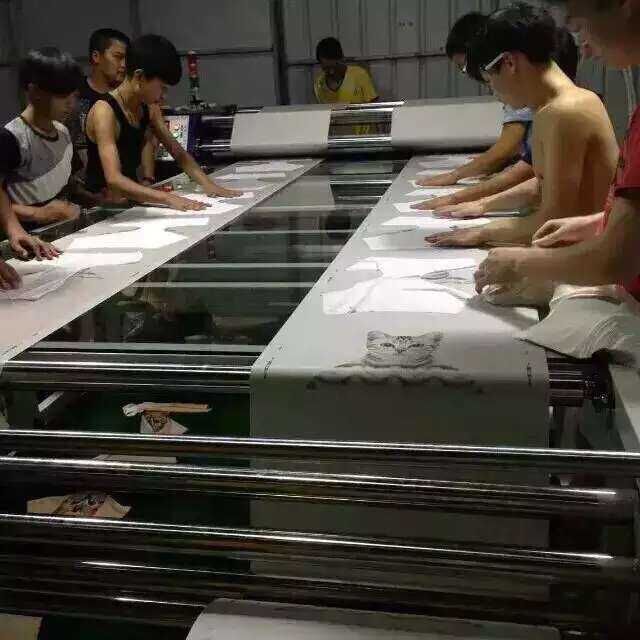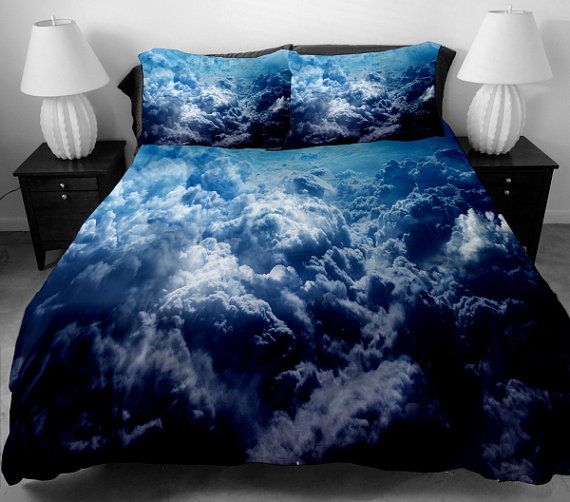The Definition of Dye Sublimation
Looking at the literal meaning – as it is defined in the science world – sublimation is the phase transition of a substance from a solid directly to a gas without going through a liquid phase occurring under specific temperature and pressure conditions.
OK. But how does this fit in to decorating thousands of products with a photo quality image? It helps if you approach this technology by looking first at the word dye. This technology involves a dye process. Hundreds of thousands of everyday products are decorated using colored dyes. Manufacturers of apparel, consumer packaging, consumer goods, electronics, etc., et al add dyes to color their products whether they're made of plastics, fabrics or woods. The dye process is often done at early stages before the individually decorated product components are assembled or sewn together.
As we are describing dye sublimation, the "solid" part of the equation denotes the microscopic particles of solid ink dyes which rest on the surface of your printed, ready-to-transfer sublimation page which you printed directly from CorelDRAW, Adobe PhotoShop or a rip program like Wasatch to a supported Epson, Ricoh, Mutoh or Mimaki sublimation printer. When introduced to heat, these sublimation dye ink particles turn directly to a gas which then permanently dye the decorated surface and sub-surface of your product, depending on whether it’s a textile or hard substrate.
The Sublimation Decoration Process
The first steps of sublimation decoration often involve the same tools used with other technologies like engraving, screen printing and embroidery. It is only after the final image is printed to paper when sublimation sets itself apart from all other technologies.
Here's the step-by-step process required to produce a sublimated product:
Design and customize a graphic specific to the final product using professional graphics software. Sublimation products showcase millions of colors utilizing high resolution, true photo quality images and any vector-based graphics and text.
Print the image to a supported inkjet printer using specialty sublimation inks on sublimation-friendly paper.
Face the printed image on the sheet to a sublimation-ready surface (e.g. polyester-based only). Some hard products like plaques and name badges will need to be taped using heat resistant tape. For soft substrates like t-shirts or mouse pads, the transfer can be "tacked" to the product using a light, repositionable adhesive spray available at any hardware, craft or super store, or by using a tacky sublimation paper, currently only available for wide format printers.
Place the product and sublimation print under a heat press. Each product type has its own formula for time, temperature and pressure for optimal decorating. The proper temperature usually hovers between 385° F to 400° F, time varies from 50 seconds for a Vapor Apparel t-shirt to over seven minutes for a glossy, ceramic tile. The required pressure is usually "medium" or around 30-40 psi on a pneumatic press. You're looking for a solid marriage between the heated platen and the face of your sublimation transfer (where the solid ink dyes rest).
After the time expires, remove the product (using protective heat gloves is recommended when handling many sublimation products), tear away the transfer and admire the finished image. Besides assembly for some products (e.g. gift boxes, tile murals, etc.), the product is ready for delivery after cooling.
What Types of Products Can Be Made?
In order to determine whether you can imprint a product with a wash-fast, scratch-resistant, full-color sublimation image, you'll need to check three items: First, is the decoration area polyester-based? Sublimation is reliant on polyester's unique molecular structure (e.g. its ability to bond with the gassed ink dyes). You can not sublimate to cotton, nylon, vinyl, wool, leather, etc. Second, will the product hold up to the optimal temperatures (up to 400° F) and pressure required for the dye sublimation process? Lastly, is the color of the product light enough to take an image? Because this is a dye technology, the color of a sublimation product's decoration surface can affect the final colors of your graphic. True white works best, but you can still decorate lighter colored products such as t-shirts or sand-colored stone tiles while achieving 70-80% of the printer's available color gamut.
There are hundreds of ready-to-sublimate products specifically made for the sublimation industry with more and more being introduced continually. There are products for practically every business market. On the awards and recognition side, sublimation allows for full-color, photo quality plaques, signs, name badges and other identification products. The apparel side offers variety and option for the decorator from trendy hooded sweatshirts to engineered, microfibers. Not only will a sublimated image never wash away, but sublimation is the only imprinting technology which doesn't impede the wicking process in performance apparel, allowing you the ability to market customization to the "Under Armour" crowd. On the gift side, what better way to personalize a product than with a photograph realistically recreated on a quality wooden box, coffee mug or other personal item? The promotional industry loves sublimation for the "higher quality" promo products that make a bigger advertising splash due to the full color graphics. The list goes on.
In addition to the ready-made products, you can purchase polyester-coated sheets of masonite, fiberglass-reinforced plastic and metal which can be cut down to create unique shapes and sizes. By sublimating to raw, polyester fabric in dozens of styles, end users develop their own unique cut-and-sew products from custom soft signs to sports jerseys to high-end fashion.
Follow Us:
Facebook:
https://www.facebook.com/sublimationprintingworld
Blogspot: http://sublimationprintingworld.blogspot.com
Website: http://skyimagepaper.com/Blogspot: http://sublimationprintingworld.blogspot.com



No comments:
Post a Comment